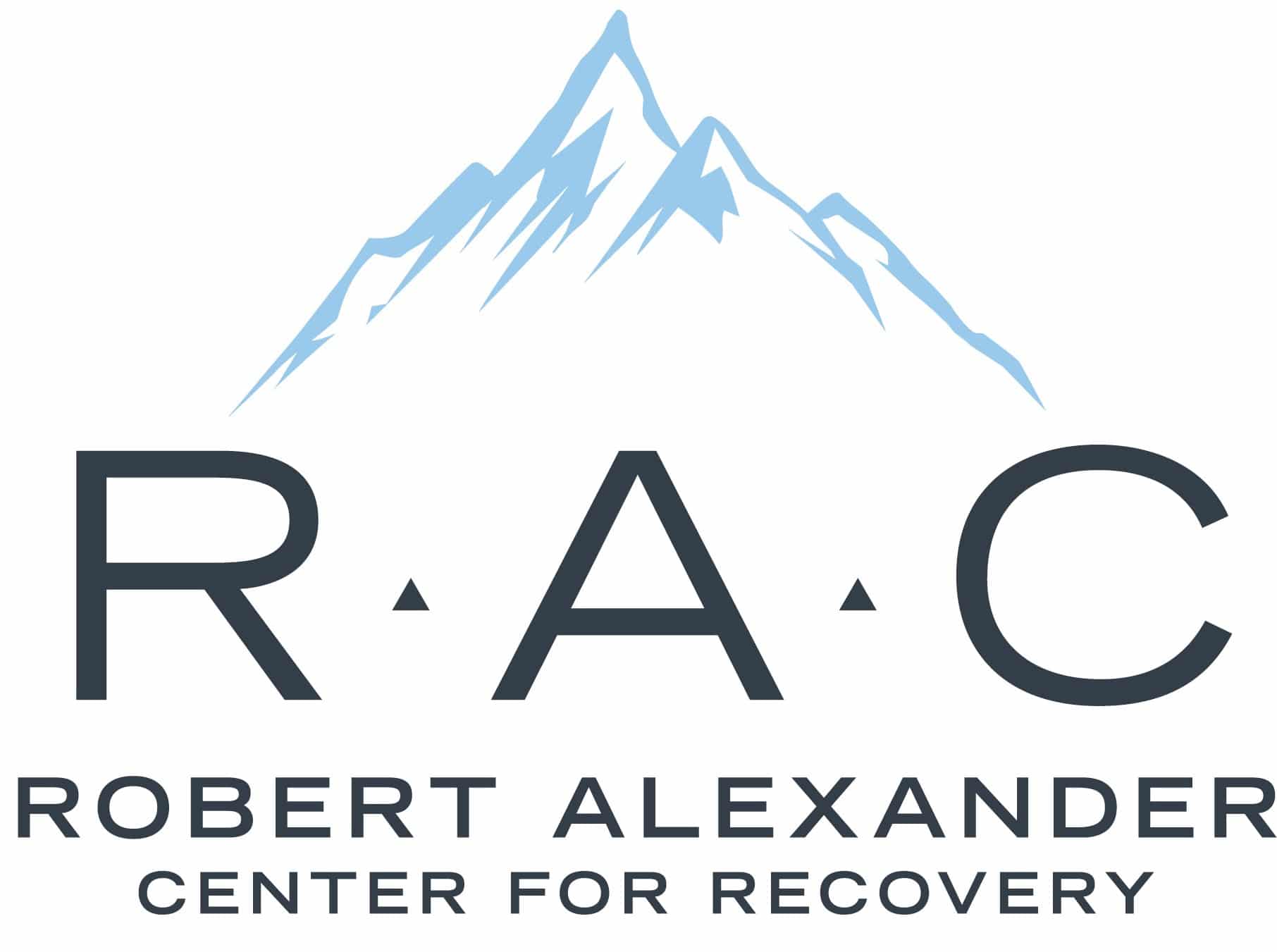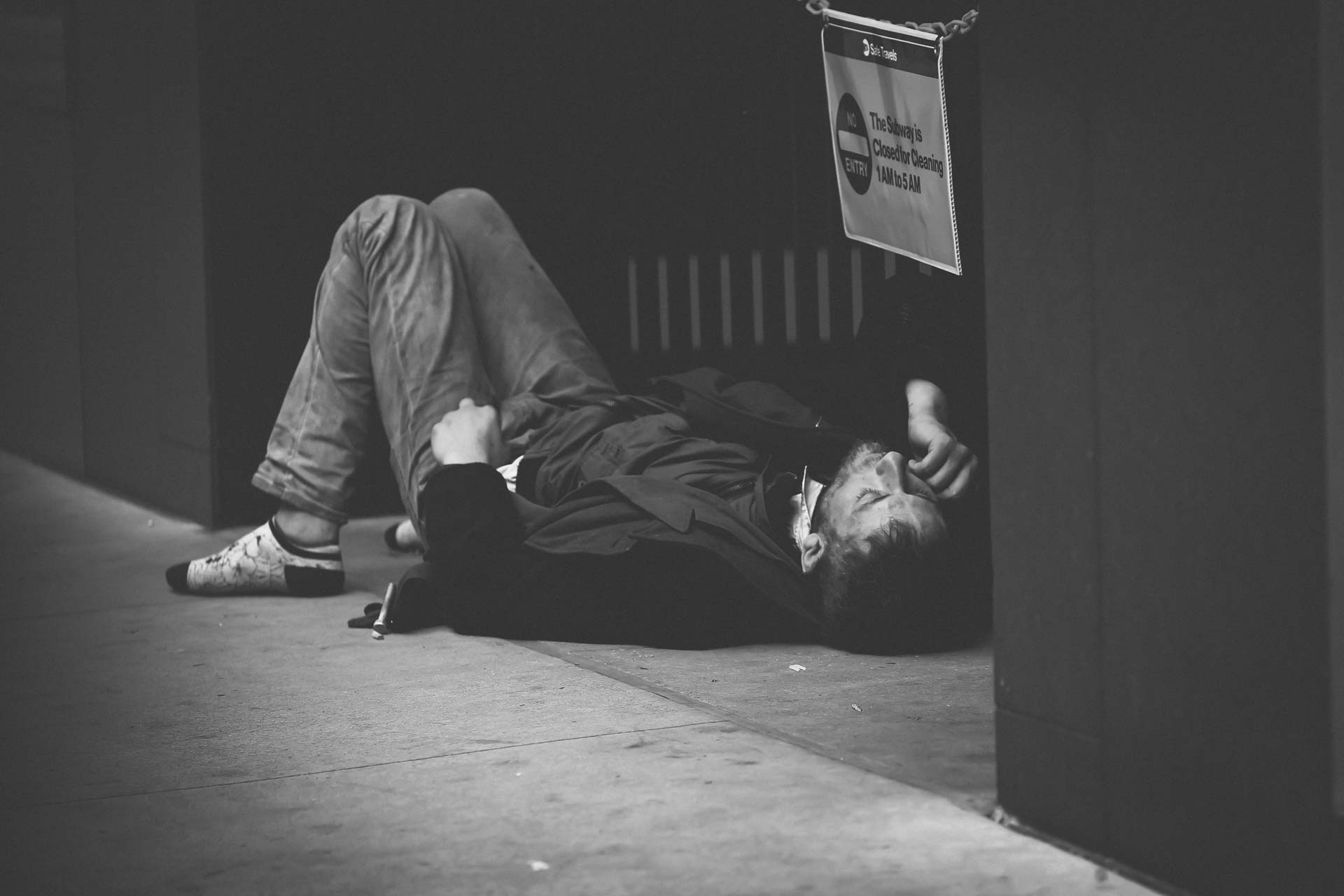Maslow’s Hierarchy Of Needs is a theory of motivation in psychology. In this article, you’ll learn how drug abuse addiction impacts it and why this matters.
Drug addiction will often obliterate an individual’s ability to function. However, research strongly suggests that functional decline will not be permanent and can be reversed if the individual completes the right treatment for recovery.
Maslow’s Hierarchy of Needs highlights the functions that can be impacted by drug abuse and may also be useful as a model for helping addicts recover.
Maslow’s Hierarchy of Needs Explained
Maslow’s model was originally published in 1943. Through the model, Maslow created a five-tier pyramid that explained the basic needs that must be met for a human being to function. This includes from top to bottom:
- Self-actualization – the desire to become the best version of oneself.
- Esteem – respect, status, recognition, freedom
- Love and Belonging – friendship, family, connections
- Safety needs – security, employment, resources health
- Physiological needs – water, food, clothing
Ultimately, the model begins with basic needs that are required to survive before moving towards more complex needs that can be gained if the right foundation is in place.
The first four levels are deficiency needs. These arise when they are not accessible and people have a natural motivation to achieve them when they are not met. The longer they are denied, the more an individual will desire them.
The fifth tier is different because this is a growth need. This stems from the desire to grow and develop as a person instead of because something isn’t there in the first place.
Through drug addiction, this whole system is corrupted and disrupted. This is why it can be so difficult to recover and beat an addiction and why it’s essential to get the right level of support.
Imbalanced Decision Making In Drug Abuse
Long-term drug addicts often understand that drugs are damaging their health and want to quit. However, they often find that they can’t resist taking drugs because the addiction has caused neurobiological changes. This is why many people will require intensive outpatient support to ensure that they do relapse once they have completed a recovery.
How Does Addiction Change The Hierarchy of Needs?
Every level of the pyramid mentioned above is corrupted by drug abuse. The desire to take drugs will often surpass basic needs such as food and self-care.
At the start of an addiction, people may still want to feel safe. However, as it progresses, an addict may become more willing to explore unsafe situations if it means that they can gain access to drugs. This can include living on the street.
Individuals will still need money and resources. But the desire for these will be based entirely on paying for the drugs or accessing them in whatever way possible. Many people will go into debt to pay for their addiction.
Relationships that are considered to be a threat to continued drug usage will be avoided and cast aside. This is one of the reasons why drug addiction is so painful for other family members.
Recovery Is Difficult But Not Impossible
This corruption of the hierarchy of needs does make recovering from a drug addiction more difficult. But it is not impossible. The first step for a person experiencing a drug addiction will be reaching out for support. This will usually be through a rehab facility.
Medical professionals will then choose the right course of treatment that will match your individual needs as well as the substance that you are addicted to. This could impact the length of the recovery and the treatment plan.
Typically, treatment will begin with detoxification. This is necessary to ensure that all harmful substances are removed from the body. This essentially provides the patient with a fresh start although they will often need to deal with withdrawal symptoms.
Once a detox is complete and a patient has been provided with inpatient treatment, they will need to return to their typical life. However, the challenge here is that they will be returning to the stress and triggers that may have led to the addiction. That’s why intensive outpatient treatment is often used. Here, patients continue to get a high level of support and ensure that there is a structure in place that helps them avoid a relapse. This can include group and individual therapy sessions.
Eventually, a patient will then receive outpatient treatment with regular interactions to ensure that there are no issues with their recovery.
We hope this helps you understand how the hierarchy of needs is impacted by addiction and how the right treatment plan can correct the situation.

